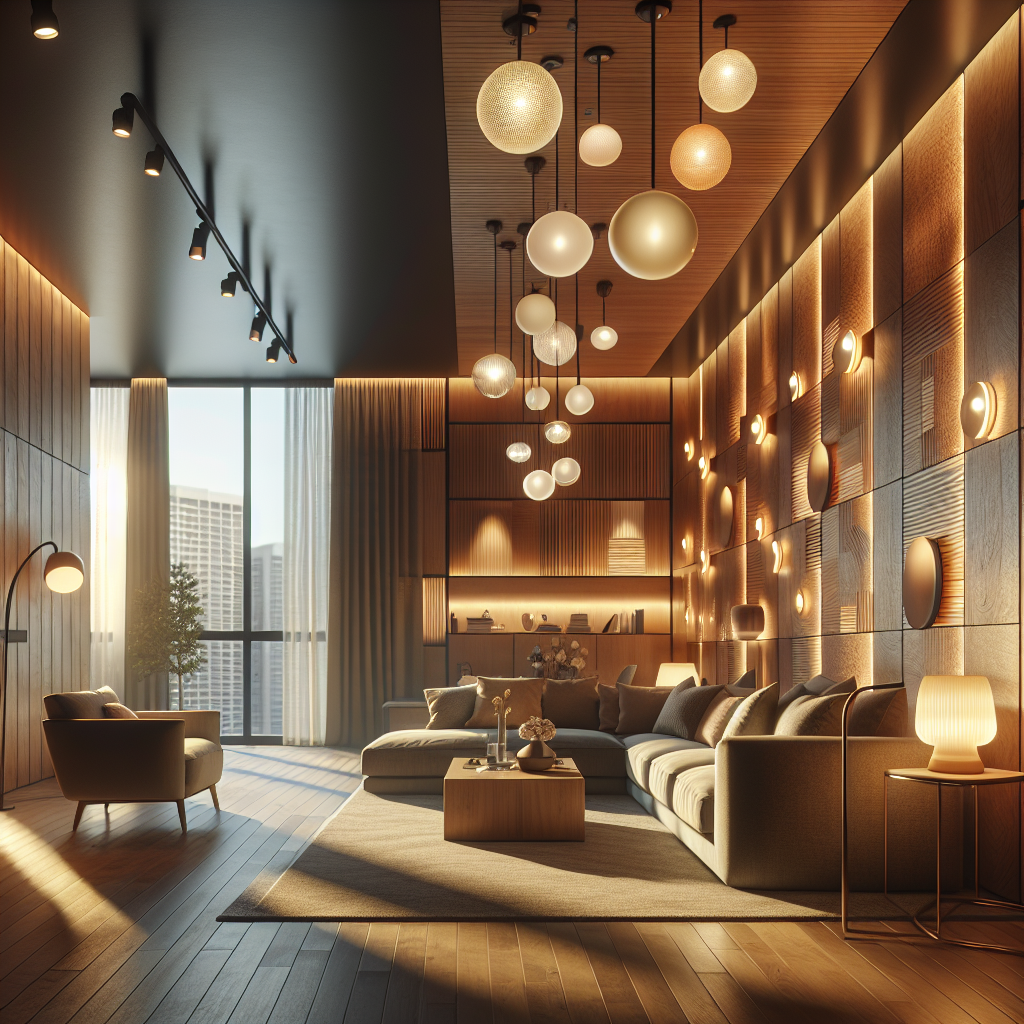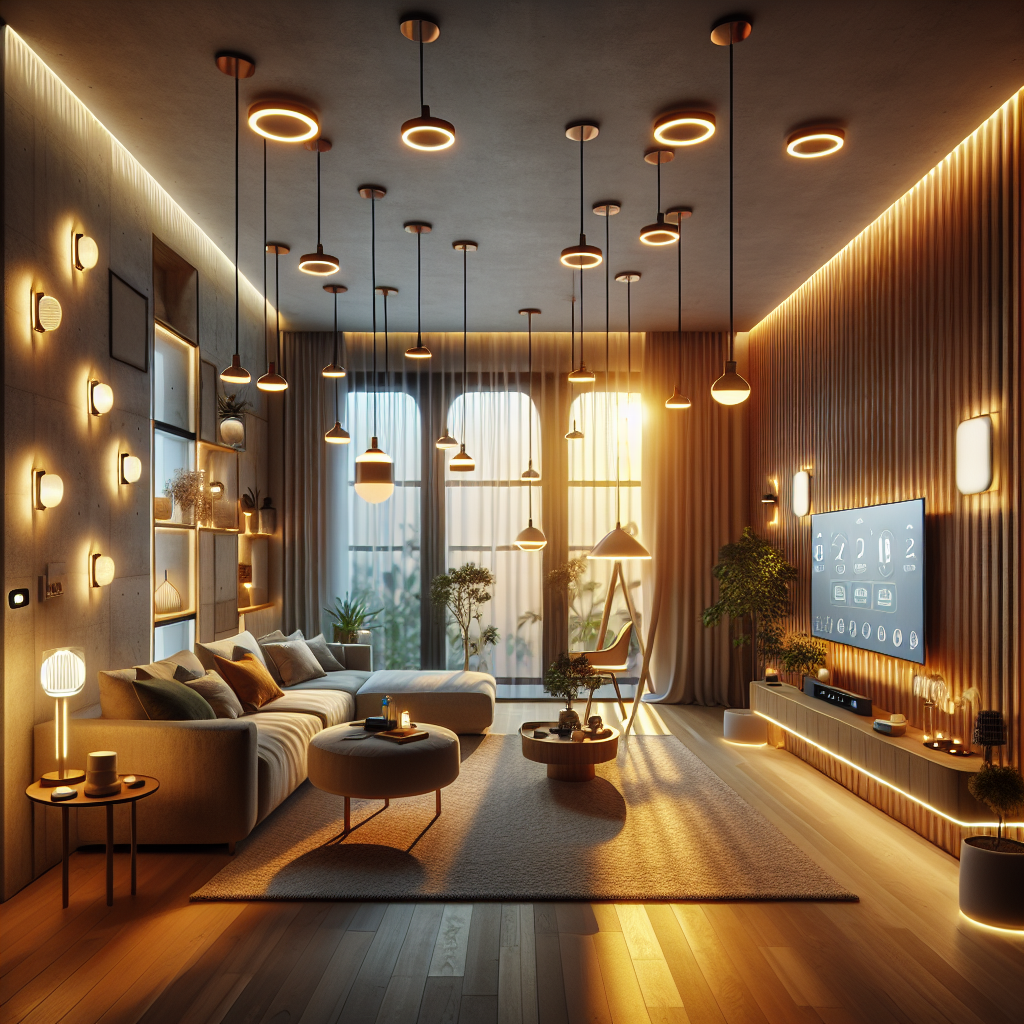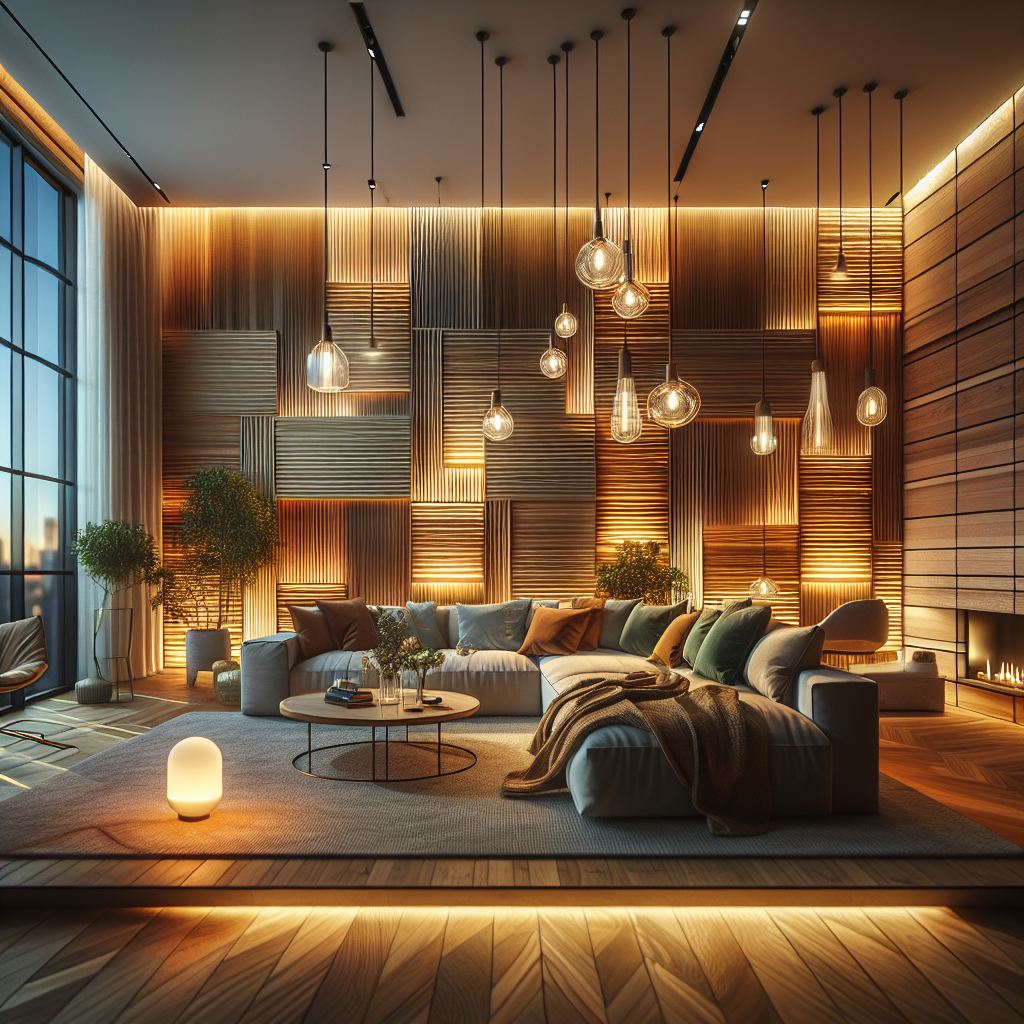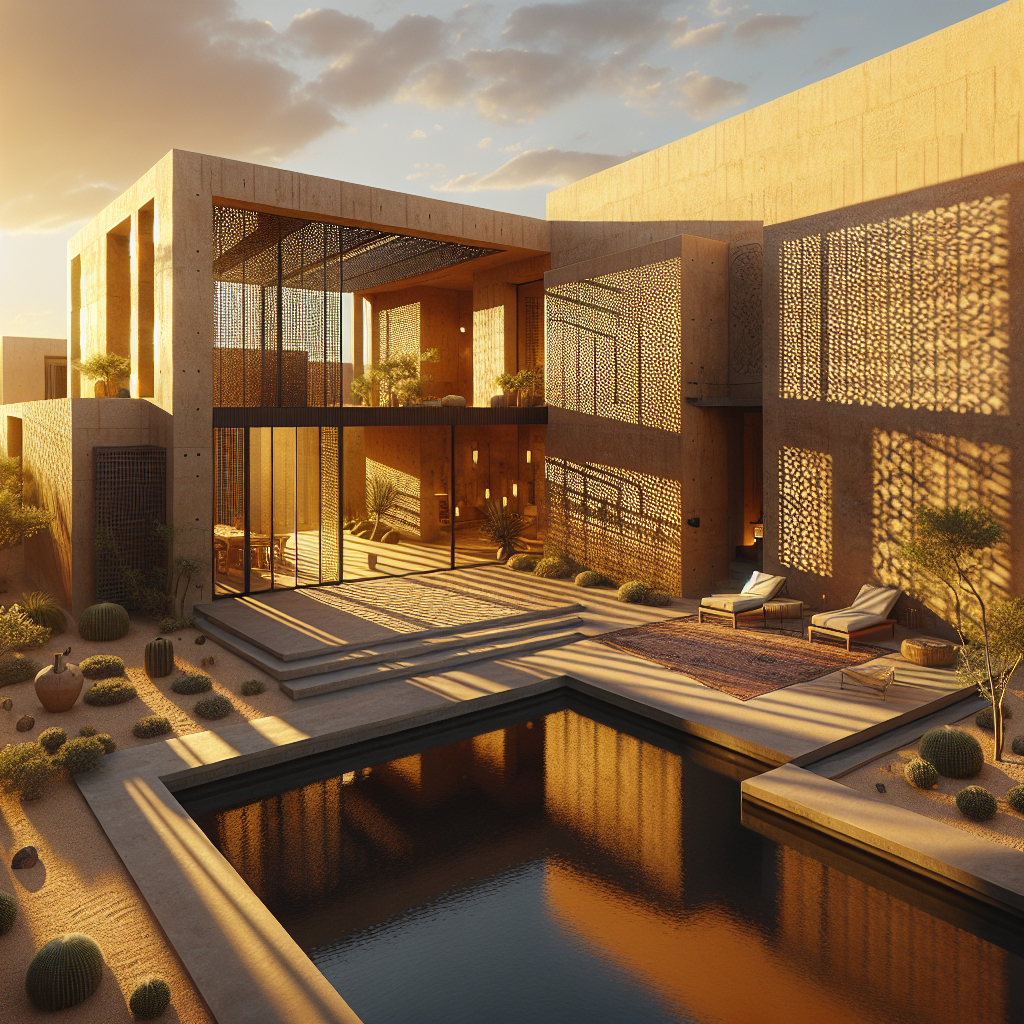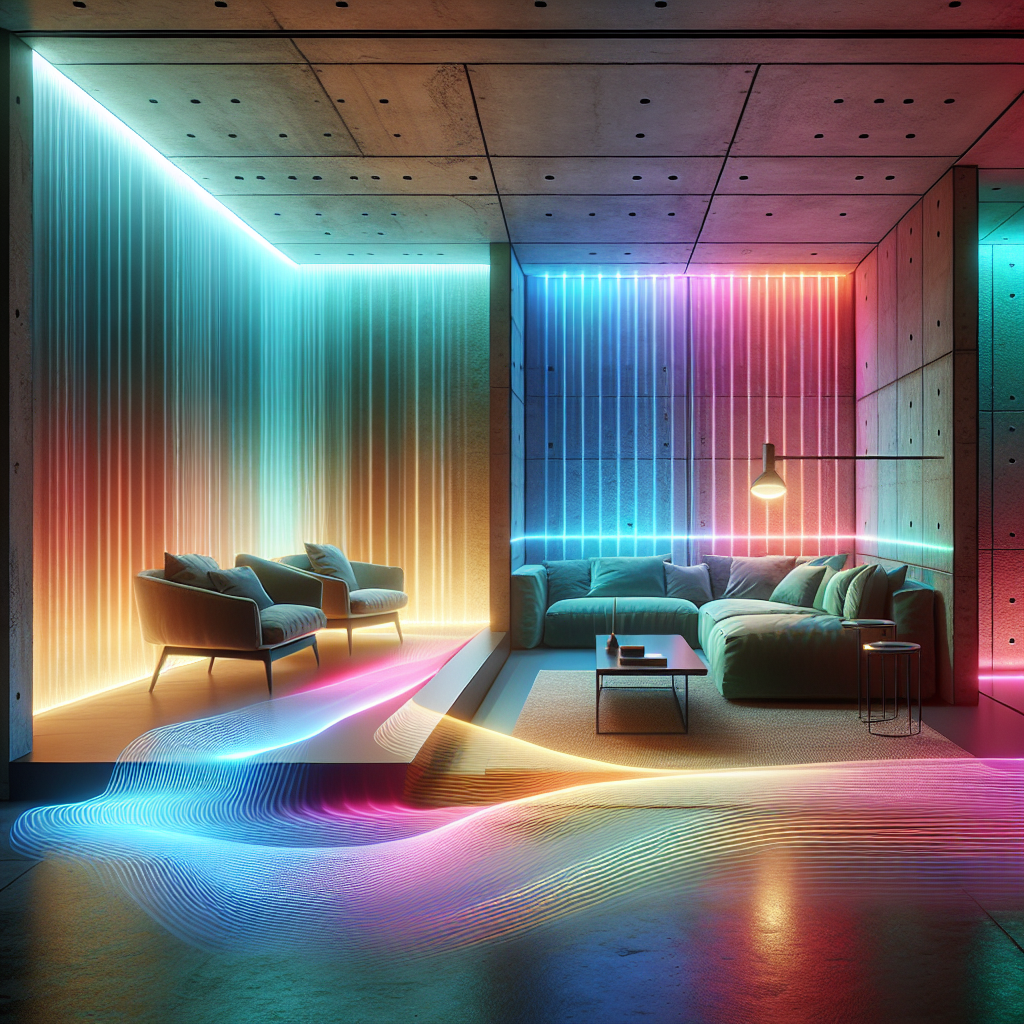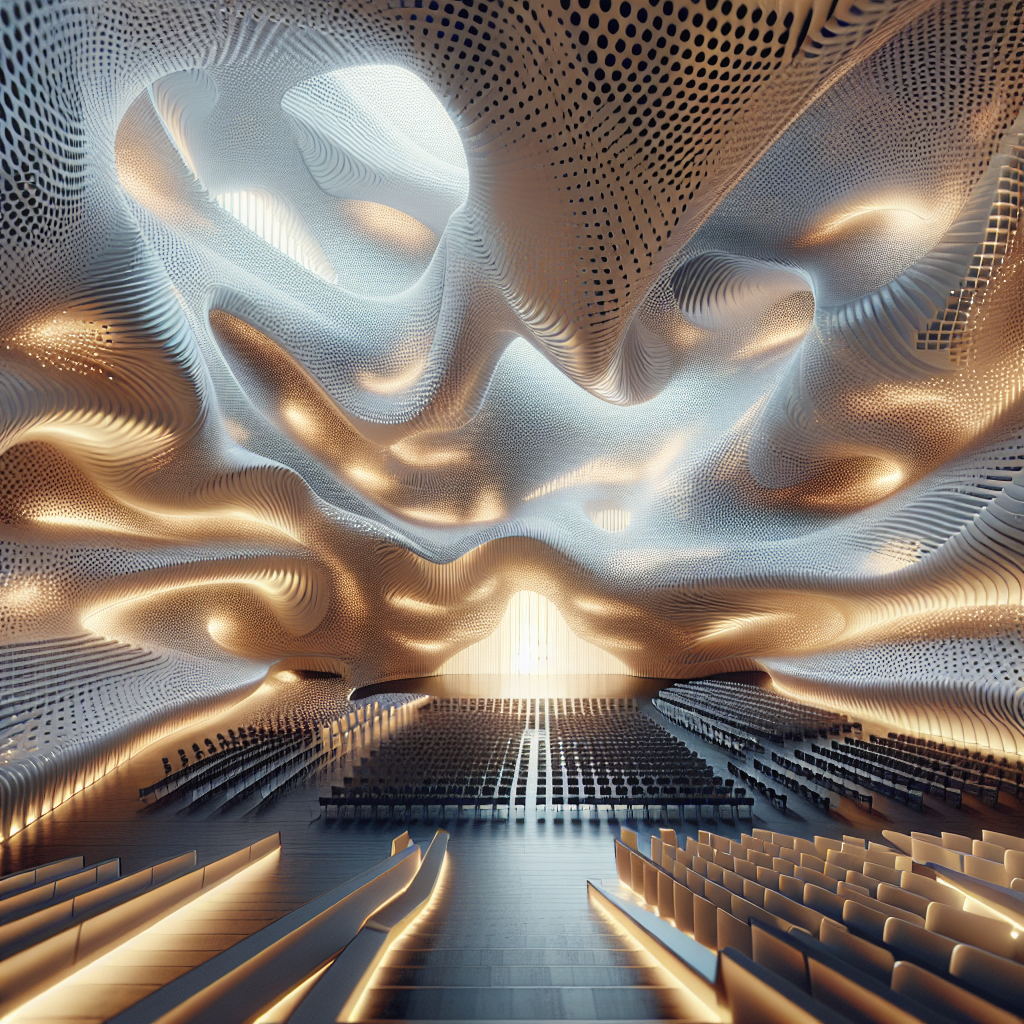Smart Lighting Hacks for Cozy and Energy-Efficient Homes

Smart Lighting Hacks for Cozy and Energy-Efficient Homes
In the contemporary home, lighting has transcended its utilitarian role. It is no longer just about illumination but about crafting atmospheres, shaping perceptions of space, and enhancing both comfort and sustainability. As architects and interior designers increasingly embrace smart home technology, lighting emerges as one of the most transformative tools in their repertoire. The right integration of smart lighting can make a home feel warmer, more inviting, and significantly more energy-efficient—qualities that resonate deeply with today’s design-conscious, environmentally aware clientele.
The New Language of Light in Design
Light has always been a fundamental element of architecture, from the clerestory windows of Gothic cathedrals to the carefully orchestrated daylighting strategies of modernist masters. Today, smart lighting systems allow designers to sculpt light with unprecedented precision. Beyond dimmers and switches, these systems integrate sensors, algorithms, and automation to respond dynamically to human presence, circadian rhythms, and natural daylight conditions.
According to the International Energy Agency, lighting accounts for nearly 15% of global electricity consumption. By deploying intelligent lighting systems, households can reduce energy use by up to 40%, a statistic that aligns seamlessly with the broader architectural push toward net-zero energy buildings. For designers, this means that lighting is not only an aesthetic tool but also a lever for sustainability.
Layering Light for Atmosphere and Efficiency
One of the most effective hacks for creating both coziness and efficiency is the strategic layering of light. Instead of relying on a single overhead fixture, designers are increasingly curating a hierarchy of ambient, task, and accent lighting. When integrated with smart controls, this layered approach allows for subtle shifts in mood and energy use throughout the day.
Imagine a living room where pendant lamps dim automatically as the sun sets, wall sconces glow softly to highlight textures, and floor lamps activate only when someone enters the space. The result is a home that feels alive, responsive, and attuned to its inhabitants’ rhythms. This orchestration is reminiscent of the way biophilic design leverages natural elements to improve well-being—except here, light itself becomes the medium of connection.
Harnessing Circadian Lighting
One of the most exciting innovations in smart lighting is circadian lighting, which mimics the natural progression of daylight to support human biological rhythms. Research published in the journal Chronobiology has shown that exposure to light aligned with circadian cycles can improve sleep quality, mood, and productivity. For architects and designers, this offers a powerful tool to create homes that are not only visually compelling but also physiologically supportive.
In practice, circadian lighting systems adjust color temperature and intensity throughout the day: cool, bright light in the morning to stimulate alertness, and warm, dim light in the evening to encourage relaxation. This nuanced modulation can be seamlessly integrated into architectural features—concealed LED strips in coves, backlit panels behind textured walls, or recessed lighting that shifts imperceptibly over time.
Smart Sensors and Adaptive Design
Motion and occupancy sensors have become increasingly sophisticated, allowing lighting to respond in real time to human behavior. In high-end residential projects, designers are embedding sensors into architectural details—stair treads that glow as one ascends, corridors that softly illuminate upon entry, or bathrooms where vanity lights activate with presence detection. These interventions not only conserve energy but also create a sense of personalized luxury.
Adaptive lighting also extends outdoors. Garden pathways lined with low-energy LEDs can brighten only when someone approaches, while terraces can shift from functional task lighting during a dinner party to ambient mood lighting for late-night conversation. Such adaptability reflects the broader architectural trend toward responsive design, where environments intuitively adjust to human needs.
Integrating Smart Lighting with Architecture
For lighting to feel truly seamless, it must be integrated into the architectural fabric rather than applied as an afterthought. Increasingly, designers are embedding linear LEDs into joinery, staircases, and ceiling planes, transforming light into a structural element. In minimalist interiors, concealed lighting can accentuate the purity of lines and materials, while in more expressive spaces, dynamic lighting can animate textures, colors, and forms.
Take, for example, a timber-clad home where warm LED strips are recessed into the grain of the wood, enhancing its tactile richness while consuming minimal energy. This approach resonates with the ethos of timber architecture, where material honesty and sustainability converge with innovation.
Voice, App, and AI Control
While early smart lighting systems required manual programming, today’s platforms integrate with voice assistants, mobile apps, and increasingly, AI-driven automation. This means that lighting scenes can be curated with a single command—“movie night,” “dinner party,” or “morning routine”—each activating a pre-set choreography of light. For design professionals, this opens opportunities to craft experiential narratives within the home, where lighting becomes a storytelling device.
Artificial intelligence is also enabling predictive lighting. By learning from occupants’ habits, systems can anticipate needs—illuminating the kitchen before the first coffee is brewed, or dimming the bedroom lights at the usual bedtime. This anticipatory quality aligns with the broader movement toward smart home ecosystems, where technology becomes invisible yet deeply intuitive.
Energy Efficiency Meets Emotional Warmth
One of the enduring challenges in lighting design has been balancing efficiency with emotional resonance. LED technology has solved much of this tension, offering both low energy consumption and a wide spectrum of color temperatures. Yet the real breakthrough lies in the way smart systems allow designers to fine-tune light to match human emotion. A dining room can glow with candlelight warmth for intimacy, then shift to bright clarity for a working session—all without additional fixtures or wasted energy.
According to a 2023 report by McKinsey, the global smart lighting market is projected to grow at over 20% annually, driven by both residential demand and commercial applications. For architects and designers, this signals not just a technological trend but a cultural shift: clients increasingly expect lighting to be as adaptive and expressive as the spaces themselves.
Designing the Future of Light
Smart lighting is not merely a convenience—it is a design philosophy that redefines how we inhabit space. It merges the poetic with the pragmatic, offering homes that are both emotionally resonant and environmentally responsible. For the discerning architect or interior designer, mastering these tools is no longer optional; it is central to creating homes that feel alive, sustainable, and deeply human.
As we move deeper into an era of responsive environments, light will remain one of the most powerful mediums at our disposal. It is the invisible architecture that shapes how we see, feel, and connect within our homes. By embracing smart lighting hacks, designers can deliver spaces that are not only visually stunning but also profoundly attuned to the rhythms of life and the imperatives of sustainability.
